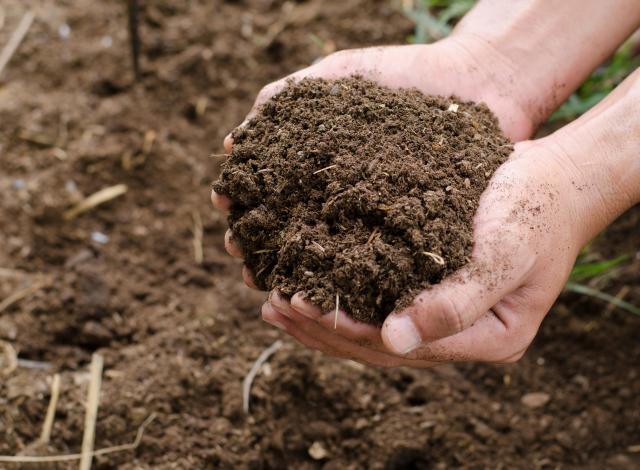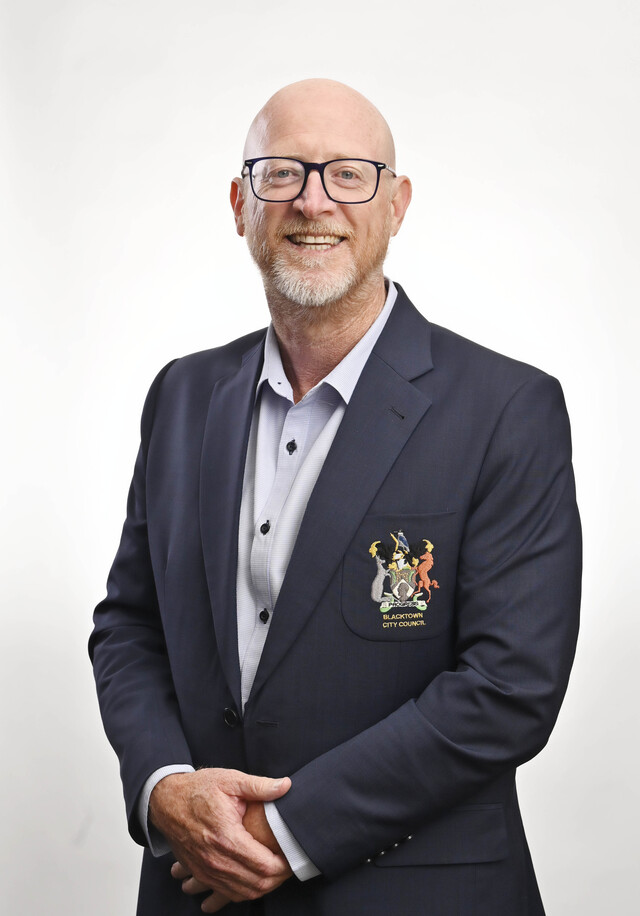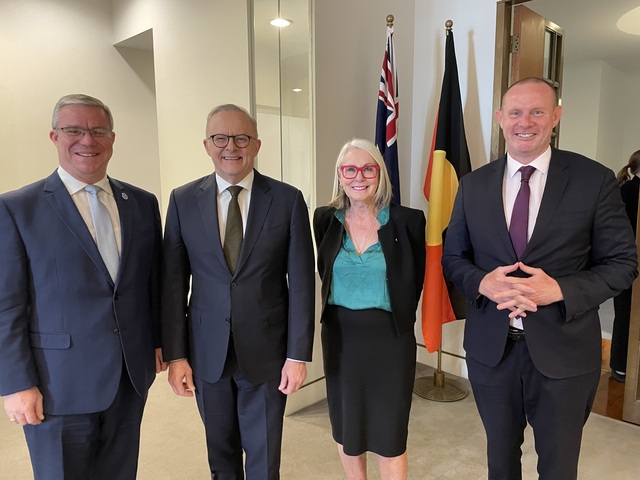Approximately 14,000 tonnes of food and garden waste from the Tweed community is being processed into rich compost each year, helping to improve soil health across the shire.
Food and garden organics go to the Tweed Organics Processing Facility, which opened last year at Stotts Creek Resource Recovery Centre.
From July this year, the facility started accepting an additional 7000 tonnes of organics per year from Ballina Shire residents, pushing the total processing output of the centre to 21,000 tonnes of compost a year.
The NSW EPA’s ‘Let’s Get Our Scrap Together’ campaign is currently running across seven local government areas in the Northern Rivers, under the banner of North East Waste. The program aims to get more green organic waste out of the red bin and into the green bin.
Council’s resource recovery project and operations officer Wes Knight said around 270 tonnes of organic waste from the Tweed Community’s 27,000 green organics bins were being delivered to the composting facility each week, where it is converted into a valuable resource rather than rotting away in landfill.
“The Tweed community have proven to be great composters and the more people use the green bins, the more compost we can produce, benefitting our local farmers while helping to reduce our impact on the environment,” Mr Knight said.
“Compost is being used by local landscaping businesses, farms, agriculture businesses and on Council projects, which is great to see.”
Tweed Heads South-based company Coastal Feeds uses the compost as a source of carbon, mixing it with liquid ‘waste’ from local breweries such as Stone & Wood, as well as stable waste from local farms. Once combined, the material is further composted to produce an even richer soil additive.
Coastal Feeds operations manager Hamish Brace said about 99.9 per cent of the compost they produced remains in the Tweed.
“The compost is used by local organic and conventional farmers growing mainly vegetables, including Cudgen’s sweet potato producers, local tree crop farms and mixed small holdings,” Mr Brace said.
“These farms grow and supply food to farmers’ markets and food stores across the Northern Rivers, which ultimately ends up back on our plates – completing the cycle.
“We’ve had some great outcomes in applying this compost to local farming land. Farmers can see the benefits first-hand with a reduced need for pesticide use, improved soil health and increased drought and disease resilience.
“Food sent to the red landfill bin is a wasted opportunity to keep it in the food cycle. This nutrient-rich resource is then lost as is the potential to use it to supplement soils in local agriculture, horticulture and household gardens.”








